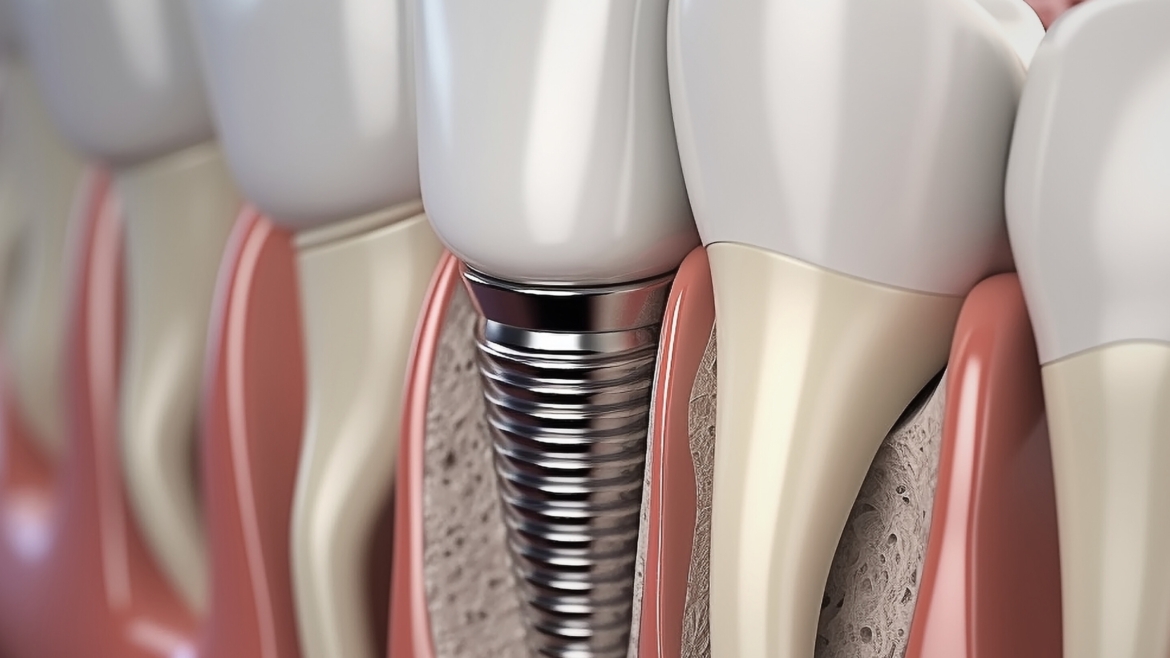What is it and why is it important?
A dental bone graft is a surgical procedure used to augment or replace bone in the jaw that has been lost or damaged. It involves taking bone from another part of the body or using synthetic materials and placing it in the area where additional bone is needed.
There are several reasons why a dental bone graft may be necessary:
- Tooth loss: When a tooth is extracted or lost, the bone that once supported it can deteriorate over time. Bone grafting can help rebuild this bone to support dental implants or other restorations.
- Gum disease: Advanced periodontal (gum) disease can cause bone loss around the teeth, leading to instability and eventual tooth loss. Bone grafting may be used to restore the bone and improve the stability of the remaining teeth.
- Trauma: Facial injuries or accidents can result in bone loss in the jaw, which may require reconstruction through bone grafting.
- Sinus augmentation: In the upper jaw, bone loss can cause the sinuses to expand, making it difficult to place dental implants. Sinus augmentation, or sinus lift, involves adding bone to the area between the jaw and the sinuses to create enough space for implants.
During a bone grafting procedure, the dentist or oral surgeon will first prepare the area by cleaning and removing any damaged or infected tissue. They will then place the bone graft material in the desired location and secure it in place. Over time, the graft material will integrate with the surrounding bone, promoting new bone growth and stability.
Bone grafting is often a crucial step in dental implant placement, as it provides a stable foundation for the implants to fuse with the jawbone. It can also improve the overall health and structure of the jaw, allowing for more successful and long-lasting dental restorations.
Depending on the existing situation, there are different bone grafting procedures ideal for each case. Our dentists will go over the requirement and provide the best option for each individual.

